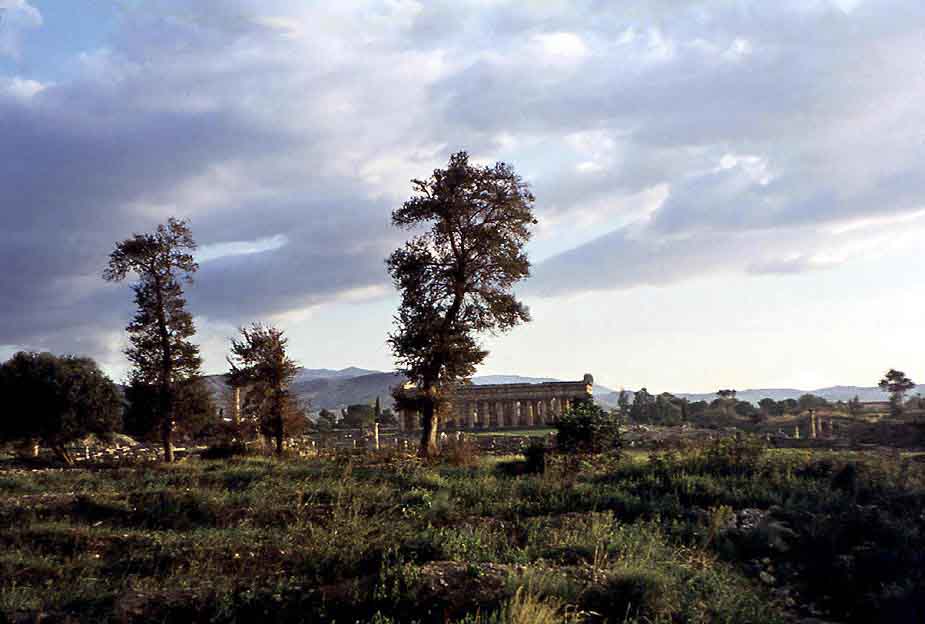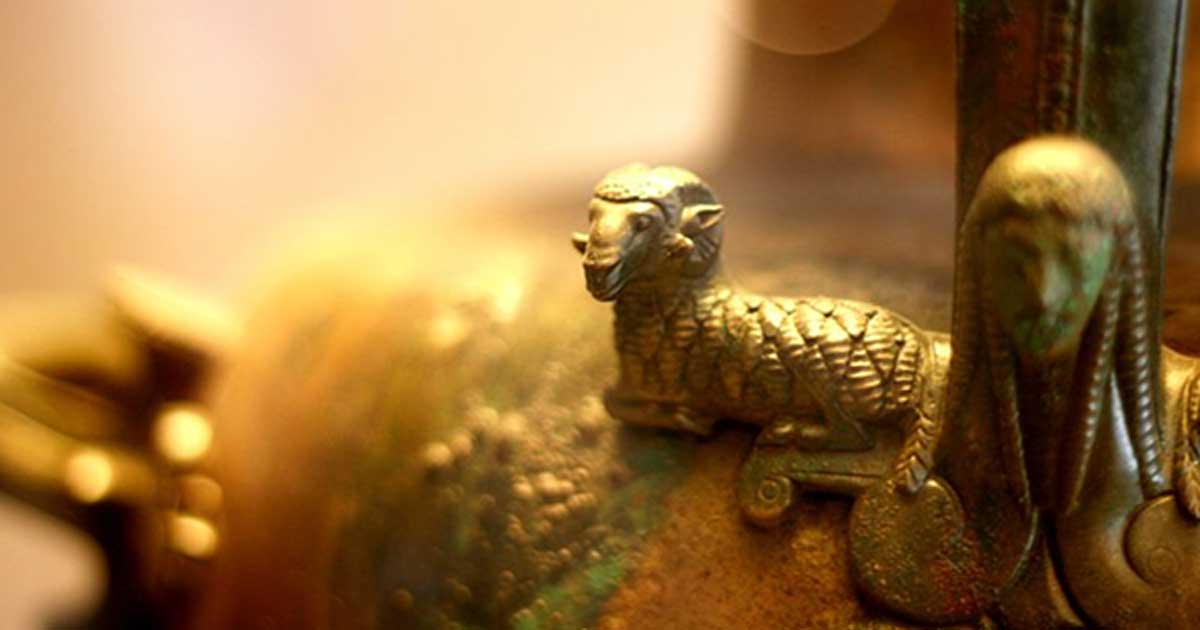

In Pazzano, another small village, we visit the Sanctuary of Monte Stella, dug into the rock, where nature and spirituality come together. In Stilo we touch firsthand the fusion between eastern and western culture: the Cattolica is a small church that dates back to the Byzantine era, a unique example in Europe, whose façade reproduces in scale the great temples found in Anatolia, Armenia and Georgia. The next day we are ready to immerse ourselves once again in the spirituality of the Calabrian land, following an itinerary that leads us to the discovery of some milestones of the region. During our trip to Sila, we are advised to stop in Camigliatello Silano, and we have not regretted the choice at all! The houses with sloping roofs, the wood that predominates here in the architecture and the various craft shops scattered throughout the course, seem to catapult us into a typical Christmas village, where time seems to have stopped. It seems to be in paradise, in a nature that smells of pine and fir trees, with the fresh mountain air that regenerates body and mind.In fact, according to several studies, the Sila has the cleanest air in Europe.The Sila lakes are a spectacle for the sight and the contrast between the green and the blue of the lakes makes it seem as if you are in front of a perfectly executed painting, capable of arousing strong emotions. Abbot Joachim of Fiore lived here, also mentioned by Dante Alighieri in the Divine Comedy and it takes little to understand why this place was an inspiration for the religious. The research has been published in the European Journal of Human Genetics.Our adventure began from Sila, the green heart of Calabria: in San Giovanni in Fiore you feel immersed in a unique spiritual atmosphere.

In addition, for the first time DNA allowed us to quantify this impact in few thousands males and few hundreds females, supporting the hypothesis that the formation of primary colonies was unbalanced by sex and it never assumed the characteristics of a true mass phenomenon. Cristian Capelli, molecular anthropologist at the University of Oxford - "The changes accumulated through time by these systems make it possible to zoom in time periods and resolve the different demographic layers that have shaped the current genetic landscape"ĭr Antonino Facella, archaeologist for long time under contract at the University of Pisa, concludes: "Thanks to the fruitful collaboration between researchers with different expertise, in Life Sciences and Humanities, has been possible to identify, in the population from East Sicily, a clear genetic imprint compatible with an origin in the Euboea island in the archaic period. "The information obtained by looking at the the genetic systems inherited along the male and female line (the Y chromosome and the mitochondrial DNA, respectively) has allowed us to capture and interpret the echo of these episodes" - continues Prof. Our research bypassed the limitations of previous investigations by selecting the samples and the genetic markers to be analysed and by performing extensive computer simulations in order to to rigourously test the various hypotheses" "For centuries the origin and the demographic imapct of the first colonists have been hotly debated among archaologists and historians" - says Dr Sergio Tofanelli of the Biology Dept of the University of Pisa - "So far, however, population genetics has failed to provide a direct answer to these questions due to the lack of studies specifically focused on these aspects. The cultural relevance of this process has never been questioned, but the same is not true for its genetic legacy.

Visiting the ancient theater of Syracuse, the temples of Agrigentum and Paestum, or any of the archaeological museums in Magna Graecia, it becomes obvious the substantial impact the Greek colonization of the archaic age has had on the artistic and cultural heritage of the Mediterranean.


 0 kommentar(er)
0 kommentar(er)
